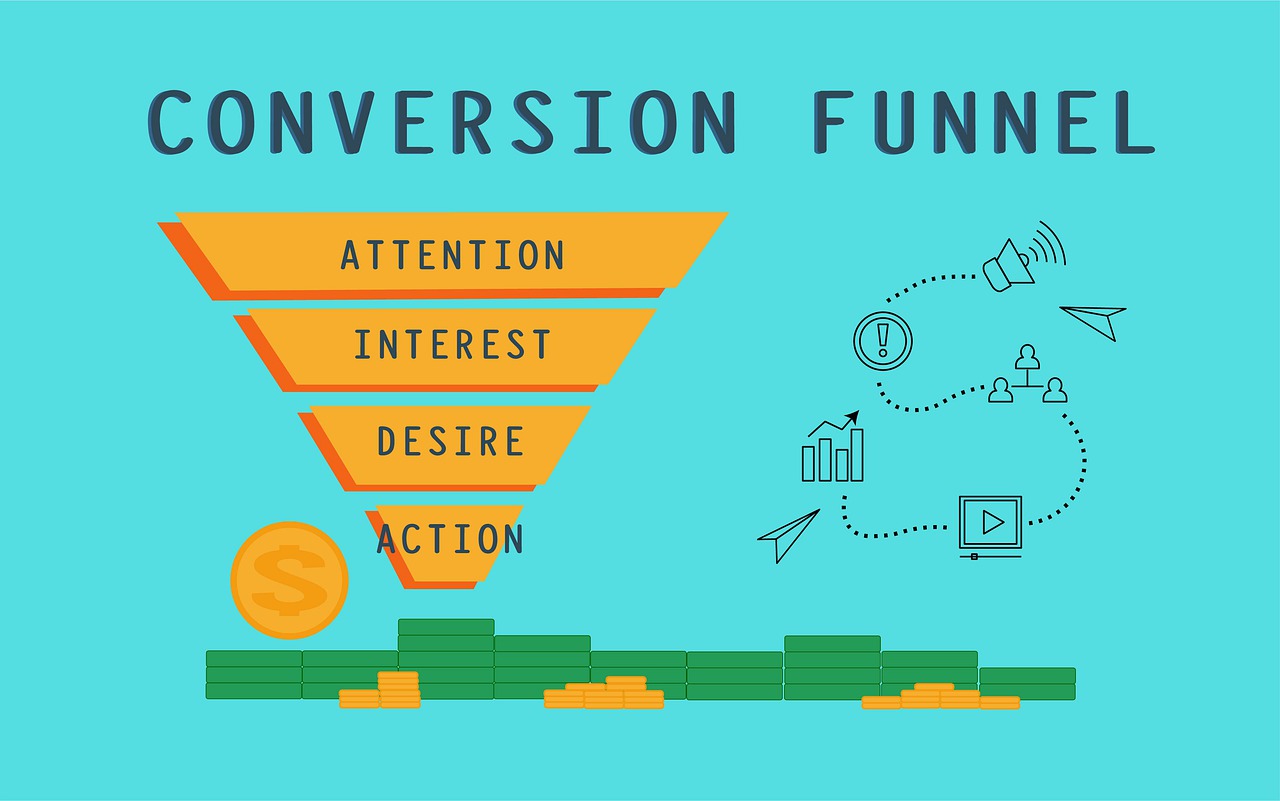Introduction
If you are in sales, leads are the most important asset for you. But we all know not all leads are gold dust. To be able to evaluate a lead right at the beginning of the sales process is one of the important skills any salesperson can develop especially at the start of their career. In this article, I hope to share some insights to help you quickly and effectively decide which lead is gold dust and which dirt to help you prioritize your tasks in tackling them.
The challenge
Even if you have spent a few months in sales function you would have realized that qualifying leads are a challenge. Most of us try the most obvious method available to all of us and that is using our GUT INSTINCT. There are reasons why we do this. It is mostly because it is highly available, doesn’t require honing, and helps us escape the analysis paralysis trap. In fact, in some cases it even produces results but when it comes to giving results month after month and quarter after quarter and finally year after year, we realize we cannot depend on GUT INSTINCT to qualify leads. We need a framework.
Budget, Authority, Need, Timeline (BANT) is a reasonably good framework to start with for your preliminary prospecting. It can also be used in helping you score leads. This score can of course be updated on various other factors as the sales process moves forward. Although the framework is called BANT, I would prefer to sequence the lead qualification criteria differently. So let us jump in and understand each one of them in more detail.

Need – Is there a need for the product or service I am offering to you? If yes, how strong?
On my calls, I usually introduce myself mentioning only my Name, Company I represent, and how I got their contact in the first place. I keep this introduction to not more than a couple of sentences. Once the prospect can place the reason for my call which could be registering for a demo of the software on the website or filling a form on LinkedIn, I let them speak. As the conversation moves along I prompt them with questions and information to understand their need better. Let us see a few things we can discuss to understand the need better.
- If they are looking for a product or a service they are most certainly looking for a solution. How are they managing the situation currently?
- What are the challenges that they face in the current situation?
- What is the opportunity cost of not using the product or solution you are providing?
- What is their wish list for the product or service you are offering?
The important thing to note at this stage is not to answer these questions for the prospects but only to prompt them into answering them. The more questions that get answered and the more detailed they are better is the possibility that the particular lead is valuable and their need is genuine.
Also, note that in some cases the result may be opposite to what you might expect. Just like the marketers and salespeople, the buyers know their game too. They will keep their enthusiasm level high and eloquently elaborate their need even though they have no intention to buy. This could be because they are seeking information about the product or the service you are offering and not the offering itself. Even if it is the case there is no reason to despair. As a professional salesperson, our job is to match the requirements of our prospect with our offerings and let them decide.
Authority – Are you the decision-maker? If not, who is?
This is an important qualification criterion and has to be handled tactfully. The trick is to research the lead initiator before you pick up the phone. Use the internet to research the person in as much detail as possible. A good place to start is LinkedIn. Visit their profile and also view related key personnel from the organization. Higher ranking personnel will have a greater say in the purchase.
In B2B sales, decision making most likely will be a group activity authorized by a CXO. Even if the person is not very senior, it doesn’t decrease the importance of the lead initiator. The person might most likely have the backing of senior management in exploring different options in the market and needless to say their feedback will be quite important. The conversation should explore the possibility of involving other key stakeholders including the final decision-makers into various interactions like the product demo or proposal discussions. It is important to know and connect with the business users of the product, the support team who will be managing the product like the Information Technology (IT) team, or even the purchasing department team who will be finalizing the agreement and will be responsible for the future payments.
Another important thing to note would be how long has the lead initiator been with the current organization. A longer stint mostly indicates higher authority but in some cases, a senior manager with very few years of experience at the current organization could also make or break the deal. She may have been brought in to change the status quo, bring efficiencies into the system and your product could be one of those solutions which might help her achieve her objectives.
In short, look for the following.
- Experience in the current organization and overall experience
- Role and department in the current organization
- Recent switch in employment
- Who are they reporting to in the organization
- Other departments that might be involved in the decision making
Budget: Can you afford to spend?
There are many obvious indicators to tell you whether the lead can be qualified based on their purchasing power. The first is the size of the organization they are representing. If it’s a large organization with a well-known brand you can safely assume that they might have the budget to spend although it might not be guaranteed. If it is not such a large organization then it is important to include this aspect in the preliminary discussions.
Prospects are always in a hurry to know the price and it is up to the smart salesman to decide when to disclose the price. In cases where the pricing is not publically shared it is understood that there is scope for negotiation.
Let us take the extreme standpoints and understand the situation. Suppose you adamantly direct the prospect to go through your product information, take a product demo, and then share the commercial proposal. Both of you have invested a significant amount of time and effort and when they see the proposal they are shocked. They never imagined the price to be so steep and they respond with a firm NO. You on the other hand might think I was only trying to play safe by not sharing the price because if I didn’t show the product and quoted him the price she would have only guessed if it was expensive or not without any actual knowledge of the product. Well, it is a good idea to share a ballpark figure when the prospect touches the topic. Keenly observe the reaction without defending it especially in the qualification stage.
Budget and pricing, if insisted upon by the prospect, should be briefly touched upon at the initial stages of the sales process. The focus should always be on matching the requirement.
Keep track of the following in the Budget discovery process.
- Talk price only upon prospect insistence at the early stage. A ballpark figure should suffice.
- If the organization is small and unknown, a little price indication at the earlier stage is advisable.
- It is ok to look for the budget the prospect has in mind after the product demo has been given and requirement matched.
- Budget can be a good qualification for lead qualification and certainly for lead scoring.
Timeline – How urgent is your need?
If the house is on fire, you don’t ask the price of the hose. It is the salesperson’s job to ascertain how critical the need is. How much money or manpower cost are they losing by not having the solution you are offering. If the prospect fails to articulate the criticality you should do it for him. You are doing him a favor and at the same time improving your chances of selling him the solution.
After ascertaining the timeline the prospect is looking at, it would be good to contrast it with your own sales process and implementation process. Let us say the prospect says the solution needs to be implemented within 4 weeks and your implementation cycle is of 8 weeks. Having the knowledge that he wants the implementation done within 4 weeks early on can help you gather around your team and offer him implementation within 6 weeks as long as he signs up immediately.
Timeline, if known, can also indicate if the prospect is window shopping. If the prospect has taken 2-3 weeks only to respond to your emails and calls it could be that timelines are not defined and there is no hurry to purchase the product. It doesn’t disqualify the prospect but certainly decreases its attractiveness and priority.
Conclusion
BANT is a great framework for lead qualification. As you keep using it, depending on your audience and your product, the framework can be made more nuanced to suit your requirement. The number of questions, their applicability, or sequence might change to finally give you a clearer picture of how mature the lead is. As you keep applying the framework, you would understand that you might not be able to extract all the information in your first few calls. Even if that happens it is important to not lose track and keep working to look for this information in the later stages of the sales process. This information will be useful to convert the lead into a happy customer today or start a new conversation with them in the future when they are ready to associate with you.
P.S. Top resources to learn Digital Marketing
1. https://digitaldeepak.com/ (Courses and Internship Program)
2. https://digitallyexcel.com/digital-marketing-and-its-components/ (Snehal Blog)
3. https://digitalmarketingdeeply.com/write-seo-content-that-ranks/ (Mohammad Blog)
4. https://sanketligade.com/blogs/ (Sanket’s Blog)
5. https://theeventuality.com/leveraging-content-marketing-like-a-pro/ (Blog)
6. https://digitalshuvendu.com/easy-savings-tricks-for-each-of-us/



